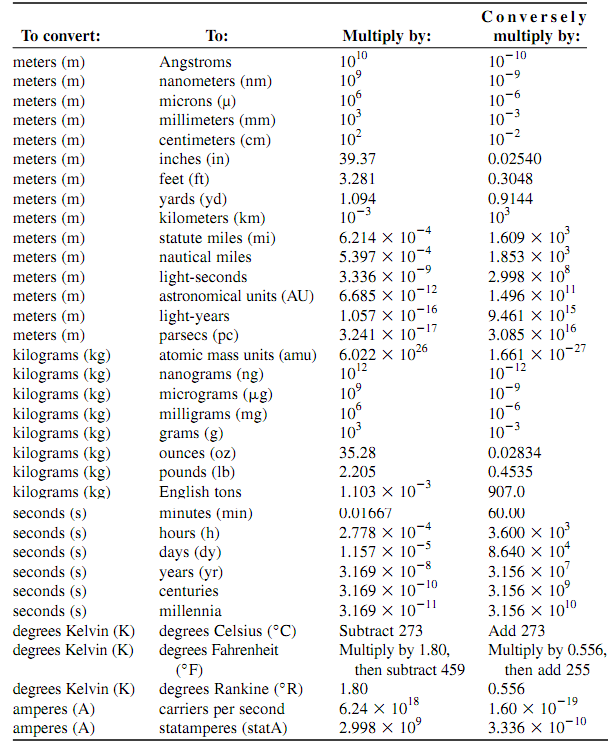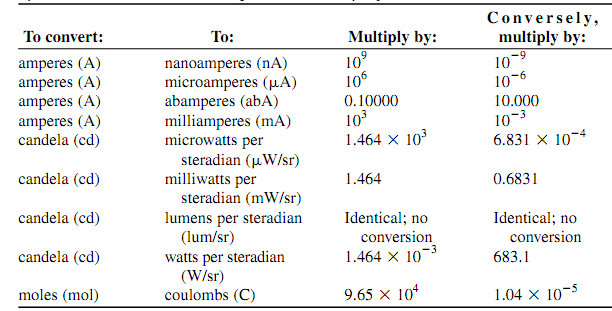Dimensions:
Whenever converting from one unit system to another, always be sure you are talking about the same phenomenon or quantity. For illustration, you cannot convert meters squared to centimeters cubed or candela to meters per second. You should keep in mind what you are trying to express and be sure that you are not, in consequence, trying to change an apple into orange.
The specific thing that a unit quantifies is known as the dimension of the quantity or phenomenon. Therefore feet per hour, meters per second, and furlongs per fortnight symbolize expressions of the speed dimension; seconds, minutes, hours, & days are expressions of the time dimension. Units are always related with dimensions. Therefore are most constants, though there are a few constants which stand by themselves (π and e are two well-known illustrations).


PROBLEM:
You step on a scale, and it tells you that you mass 63 kilograms. How many pounds do this stands for?
SOLUTION:
Suppose that you are on the planet Earth, therefore your mass-to-weight conversion can be defined in a meaningful way. (Remember, mass is not similar thing as weight). Use the table shown above. Multiply 63 by 2.205 to obtain 139 pounds. Since you are given your mass to only two important figures, you should round this off to 140 pounds to be purely technical.